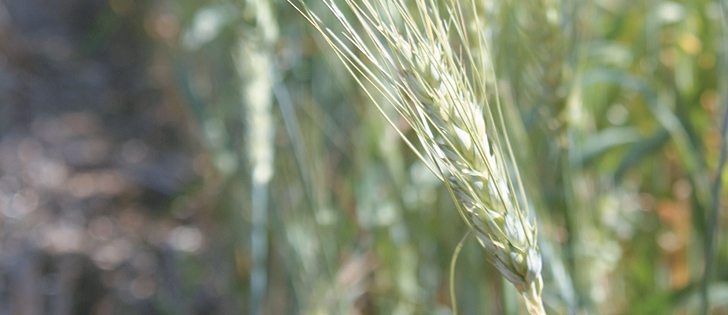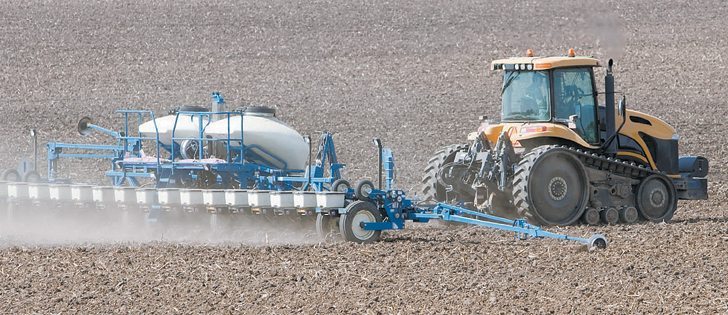The Canadian cattle herd, at its lowest level in 15 years, will likely continue shrinking if new opportunities are not found, say some beef producers.
The Statistics Canada Jan. 1 inventory reported 13 million head, down 1.3 percent from last year.
The industry has the potential to rebound in the domestic and export market with value chains and branded products, says Bill Hanson, president of the Western Stock Growers Association. But the Valleyview, Alta., rancher realizes not everyone will adapt.
“There was a huge exodus from the industry. Drought drove a lot of it, economics and producer fatigue. It has been seven years of getting beaten up and some producers said enough.”
Read Also

Lending policy still focused on primary producers: Farm Credit Canada
Farm Credit Canada said it has not changed its business practices and remains committed to supporting all producers, after a report from an Ottawa-based media outlet claimed otherwise.
Many people in drought-stricken regions in Alberta reduced their herds to match available feed supplies while others decided it was time to retire.
Hanson and Jack DeBoer, past-president of the Alberta Cattle Feeders Association, want young people to rebuild the industry but high costs, poor markets and no profits do not make the prospect enticing.
“The only thing that will bring youth in is profitability,” Hanson said. “Who is going to come into an industry where you can’t make money? It is ludicrous.”
During the 1980s, Alberta fat steer prices ranged from $72-$83 per hundredweight and during the 1990s, they improved to $78-$91 per cwt. Considerable expansion in the national herd and processing sector occurred at this time.
The last decade has been unpredictable with currency volatility and restricted markets due to BSE. Prices fluctuated from a high of $102.82 in 2001 to a low of $78.40 in 2004. For the last five years, fats have hovered around the mid $80s as costs continue to escalate.
DeBoer said further consolidation will hit the feedlot industry with lost equity and fewer calves available next year.
“There will be some consolidation. Our industry will survive but it will change,” he said.
The feedlot industry needs a healthy cow-calf sector, a strong feed supply and market access where Canada needs to provide more branded, specialty products, DeBoer said.
“We need to break out of this commodity beef. We are always going to have some commodity beef but some are breaking away into branded products.
“If we could get 15 percent of the product going into those markets, it would raise the commodity price too,” he said.
Chuck McLean, chair of Alberta Beef Producers, is also worried about fewer calves available for the feedlot sector but the overall decline in red meat sales around the world is a greater concern because people are buying less and spending less.
“They don’t look to the protein they want, they look to the protein they can afford,” he said.
While many prairie cows appeared at the auctions this past year, he said it is important to compare how many were killed and how many were moved to another province for grazing.
“Some of the numbers are in conflict with one another. The number of cows that are moved out of an area won’t necessarily align with the slaughter numbers. Sales don’t equate with the disappearance,” he said.
In this latest census, all provinces but Saskatchewan and Ontario showed a dip in cattle numbers.
Keith Robertson of the Saskatchewan Cattlemen’s Association said his province’s numbers were likely up because there were fewer calf exports to the United States in the last year. There was some migration of cattle to grazing areas, with Manitoba calves sent to backgrounding lots in Saskatchewan.















